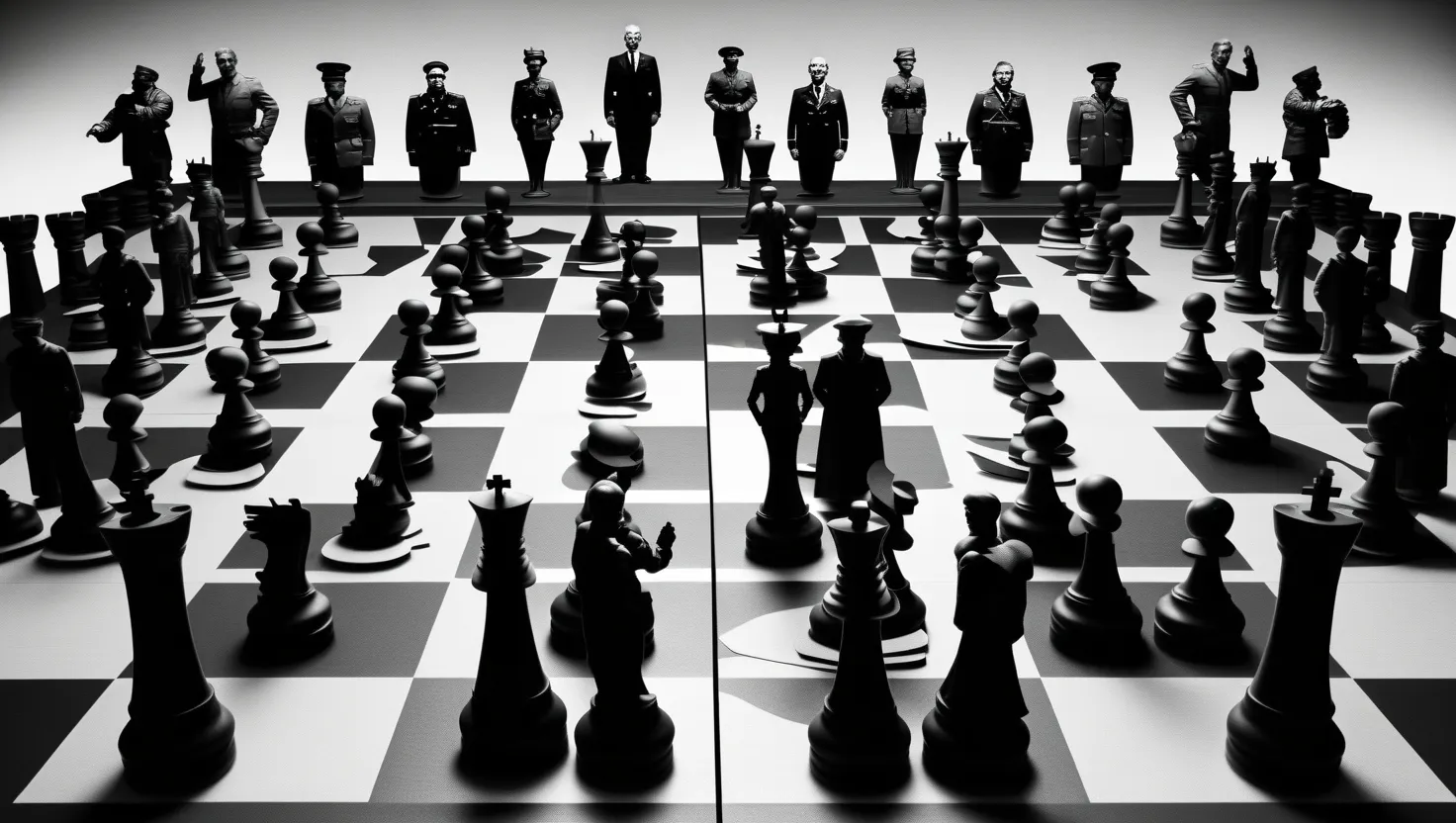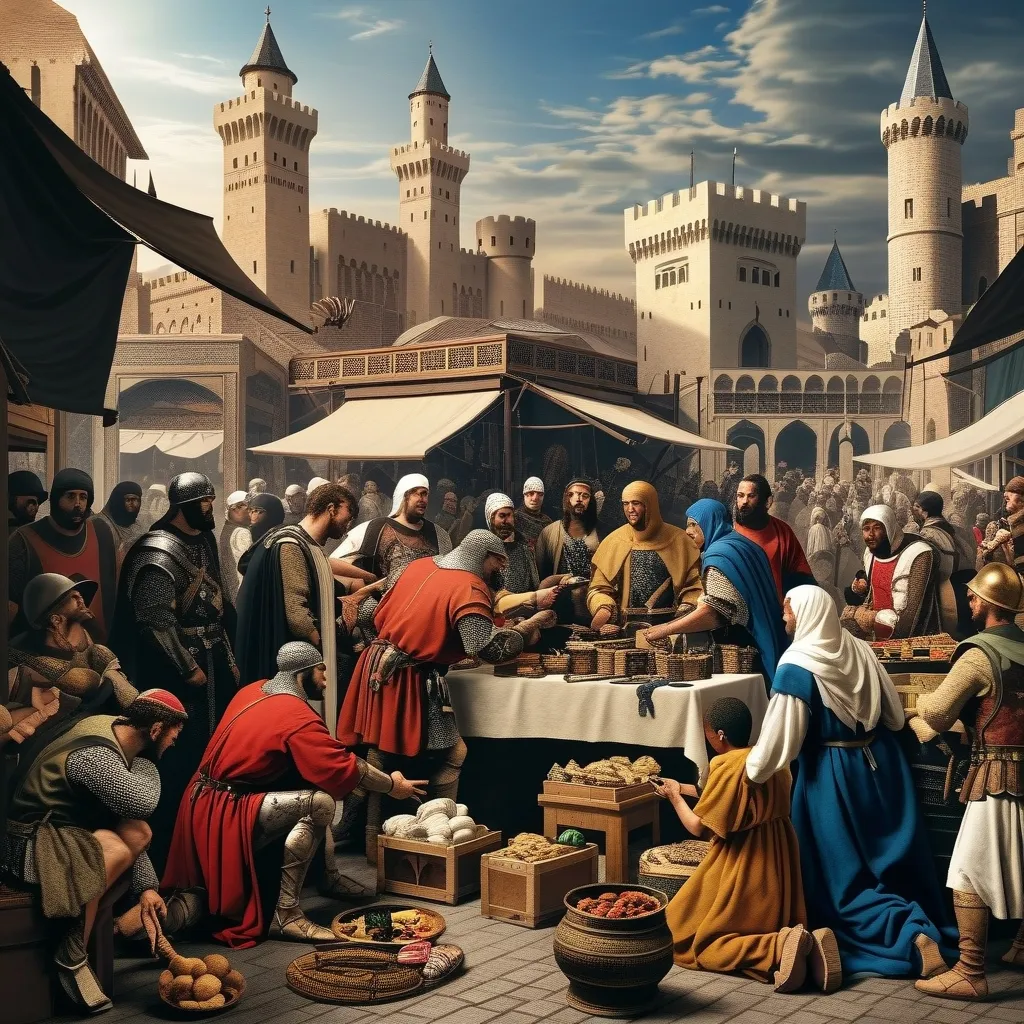As I reflect on the complexities of World War II, it becomes clear that the outcome of this global conflict was significantly influenced by a handful of pivotal decisions. These choices, made by leaders and strategists, not only determined the course of the war but also left lasting impacts on the world.
One of the earliest and most critical decisions was the Nazi-Soviet Non-Aggression Pact. Signed in 1939, this pact allowed Germany to invade Poland without the fear of Soviet interference. This move was a masterstroke of diplomacy for Hitler, as it gave him the freedom to expand his territorial ambitions in Eastern Europe. However, it also set the stage for the war’s outbreak in Europe, drawing in other major powers and eventually leading to the devastating conflict that would engulf the continent.
Fast forward to December 1941, and another pivotal decision changed the landscape of the war: Japan’s attack on Pearl Harbor. This surprise assault on the U.S. naval base in Hawaii brought the United States into the war, dramatically shifting the balance of power and resources. The U.S. entry into the conflict was a game-changer, as it brought immense industrial and military might to the Allied side. The attack on Pearl Harbor is often seen as a miscalculation by Japan, but it was a calculated risk aimed at preventing a U.S. Pacific Fleet from interfering with Japanese expansion in Southeast Asia.
On the Eastern Front, Hitler’s decision to launch Operation Barbarossa in June 1941 stands out as a monumental mistake. The invasion of the Soviet Union was intended to be a quick and decisive victory, but it turned into a brutal and protracted campaign that stretched German forces thin. The Soviet Union, aided by the harsh Russian winter, managed to halt the Nazi advance and eventually forced a German retreat. This decision not only drained Germany’s resources but also opened up a second major front, making it increasingly difficult for the Germans to maintain their grip on Europe.
In the Western Theater, the Allied decision to choose Normandy for the D-Day landings was a strategic masterstroke. The operation, code-named “Overlord,” caught German defenses off-guard, allowing the Allies to establish a crucial foothold in Europe. The choice of Normandy was not random; it was the result of meticulous planning and intelligence gathering. The Allies knew that the Germans were expecting an invasion, but they did not anticipate it would come at Normandy. This surprise element gave the Allies the upper hand, enabling them to begin their push into Germany and ultimately contributing to the war’s end in Europe.
Perhaps the most controversial and impactful decision of the war was the development and use of atomic weapons. The Manhattan Project, a secret research and development undertaking led by the United States, resulted in the creation of atomic bombs. In August 1945, President Harry Truman made the difficult decision to drop these bombs on the Japanese cities of Hiroshima and Nagasaki. The immediate consequences were devastating, with tens of thousands of lives lost in an instant. However, this action hastened the end of the war, as Japan surrendered shortly thereafter.
The use of atomic bombs marked the beginning of the nuclear age, a period characterized by the threat of mutual destruction and a delicate balance of power between nuclear-armed nations. This decision has had lasting implications for international relations and military doctrine, shaping the Cold War and influencing global politics to this day.
These five decisions highlight the critical role of leadership, strategy, and technological advancement in shaping global conflicts. They demonstrate how the choices made by a few individuals can have far-reaching consequences that resonate for generations. As we look back on World War II, it is clear that these pivotal decisions were not just turning points in the war but also defining moments in world history.
The aftermath of these decisions saw the United States emerge as a new global power, with significant economic and military influence. The reconstruction efforts following the war, led by the U.S., created new markets and solidified American dominance in global trade and politics. This new era of American influence came with great responsibilities, as the actions of U.S. leaders began to have long-reaching repercussions across the globe.
In conclusion, the story of World War II is a complex tapestry of strategic choices, each with its own unique consequences. These decisions remind us of the importance of leadership and the unpredictable nature of war. As we reflect on these pivotal moments, we are reminded that the course of history is often shaped by the bold, the calculated, and sometimes the misguided decisions of a few individuals.





